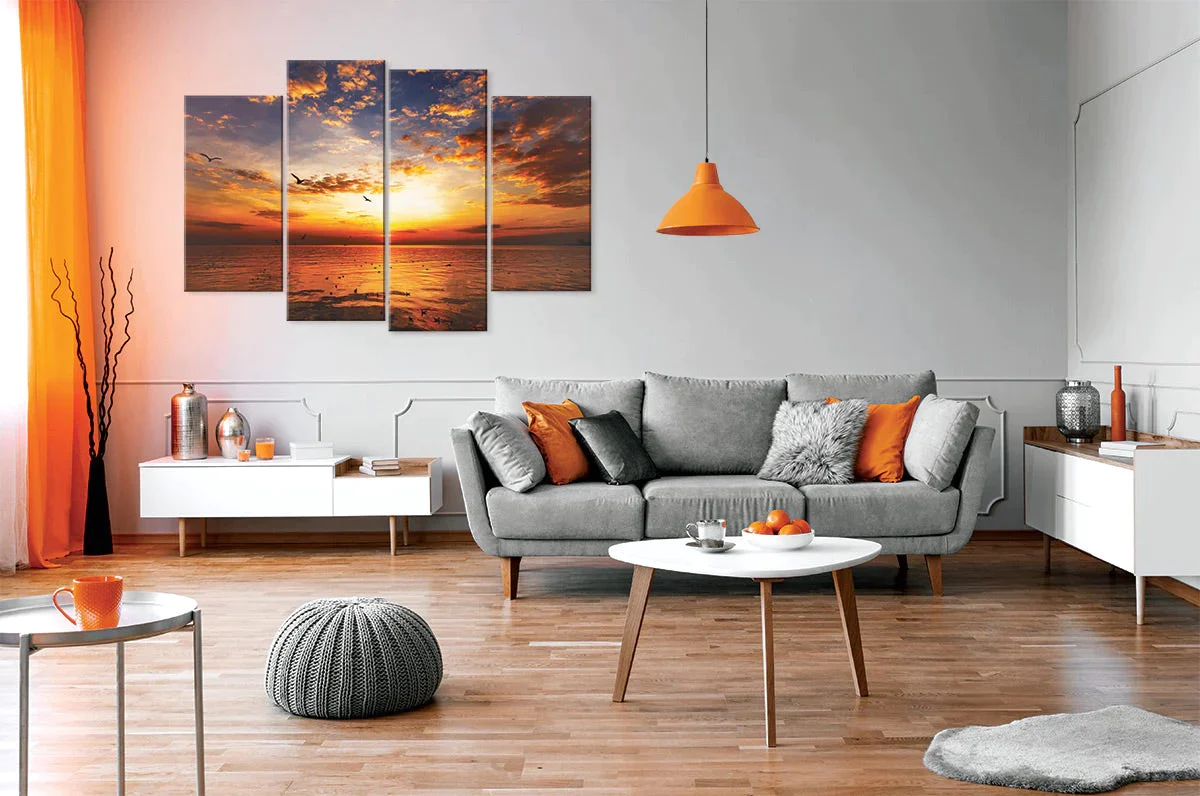The use of colour in home design holds a transformative power. While neutral tones such as white have long been favoured for their timeless appeal and versatility, there is a growing desire to deviate from tradition and embrace bright colour combinations. This article looks into the realm of brilliant hues, showing how bold colours may transform rooms and improve the overall appearance of your interior renovation in Singapore.
Breaking the Monotony
For years, white walls have dominated interior design, offering the illusion of space and acting as a blank canvas for a variety of decor styles. However, the trend towards vibrant colours is a departure from this uniformity, allowing homeowners to inject personality and vibrancy into their living spaces.
Bold hues enable homeowners to show their style and preferences. Whether it’s a rich, jewel-toned accent wall or an entire room painted in a deep, melancholy colour, colour becomes a powerful instrument for self-expression and a departure from the norm.
Creating Focal Points
One of the most effective ways to use strong hues is using dramatic accent walls. Accent walls serve as focus points in a room, giving depth and visual appeal. They might be a vivid colour that contrasts with neutral tones or a complementary colour that highlights specific design aspects.
Bold colours help to highlight architectural details. From elaborate mouldings to built-in shelves, the careful use of colour highlights these distinct aspects, changing them from ordinary structural details to striking design features.
Playing with Colour Psychology
Bold hues, particularly warm tones such as reds, oranges, and yellows, can instil dynamism in a space. Consider utilising these colours in places where a lively atmosphere is needed, such as the kitchen or dining room, to create a welcoming and energetic environment.
Cool tones, such as blues and greens, help to create quiet and tranquil spaces. These colours work well in bedrooms and relaxation areas, creating a relaxing environment that encourages rest and regeneration.
Harmonising Bold Choices
While vibrant colours take the stage, harmonising them with neutrals is essential for achieving a cohesive appearance. Use neutral tones for furnishings, carpeting, and bigger surfaces to achieve visual balance and avoid overwhelming the space.
To balance out bold choices, consider using complementary colour schemes. Colours opposite each other on the colour wheel, such as blue and orange or yellow and purple, produce a vivid and visually appealing contrast.
Bright Colours in Small Spaces
Bold colours may work wonders in small rooms, generating optical illusions that make them appear larger than they are. Consider using rich jewel tones or deep shades to create depth and curiosity, transforming small spaces into visually appealing zones.
Choosing a consistent palette will help to maintain a unified colour flow in open-plan environments. This enables a smooth transition between spaces, allowing bold colours to flow naturally from one room to the next.
Conclusion
As the interior design landscape shifts away from white walls, the use of strong colours becomes more prominent, providing homeowners with a canvas for creativity and self-expression. The importance of strong hues in interior restoration is clear, whether they are used to create focal points, set moods through colour psychology, harmonise palettes, or enhance small spaces. Consider the transformational power of brilliant hues as you embark on your remodelling journey, and allow your living spaces to come alive with the richness and character that bold colours bring.

